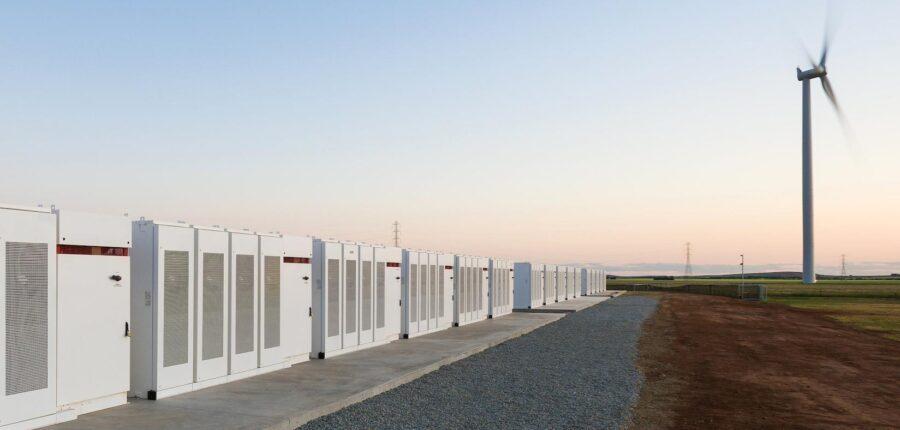FERC issued its Final Rule on Energy Storage Participation on February 15th of this year to enable participation of Energy Storage Resources in wholesale markets. FERC directed each RTO/ISO to file the tariff changes needed to implement the Final Rule’s requirements within 270 days of its publication date and allowed each RTO/ISO an additional 365 days from that date to implement the tariff provisions.
The devil is in the details of the implementation, however, as there is some latitude for interpretation which could mean Order 841 will have a greater impact in some markets than others. In this post and other related blog entries coming soon, PCI will delve into the details of Order 841 and dissect how each RTO/ISO is navigating the interpretation of FERC’s mandate.
Though energy storage technologies have been in use for nearly a century, the viability of battery storage as a tool to deliver grid resilience is now being driven by the steep and ongoing decline in the price of the technology, which FERC recognizes has outpaced regulations in markets. As a result, Order 841 is purposely designed to foster head-to-head competition between storage and traditional energy resources.
Expected Changes
FERC recognized the importance of the inherent flexibility of energy storage by requiring that storage resources be allowed to de-rate their capacity to meet minimum run-time thresholds. Therefore, Order 841 will direct or permit the following:
- Each RTO/ISO will establish a participation model for electric storage resources that ensures eligibility to participate in its market in a way that recognizes the unique physical and operational characteristics of such resources.
- Each RTO/ISO may propose market rules that comply with minimum requirements in the way that best suits its individual market design. The goal is to establish market rules for electric storage resources to enable each RTO/ISO to provide capacity, energy, and ancillary services, including services that the market operator does not procure through an organized market.
- Each RTO/ISO will need to ensure that a resource can be dispatched as both supply and demand and can set the wholesale market clearing price as both a seller and buyer, consistent with rules that govern the conditions under which a resource can set the wholesale price. This will improve market efficiency by allowing the RTO/ISO to dispatch these resources in accordance with their most economically efficient use (i.e., as supply when the market clearing price for energy is higher than their offer and as demand when the market clearing price is lower than their bid). However, FERC directs each RTO/ISO to ensure that their market rules mitigate the potential occurrence of conflicting dispatch instructions (since the market design will not allow for conflicting supply offers and demand bids from the same resource for the same market interval).
To safeguard electric storage resources being treated like dispatchable resources in markets, Order 841 requires that the participation model for electric storage resources must allow make-whole payments when:
- A resource is dispatched as a load, and the wholesale price is higher than the resource’s bid price
- A resource is dispatched as supply, and the wholesale price is lower than the resource’s offer price
Resource Sizing and Characteristics
For each RTO/ISO, Order 841 establishes a minimum size for participating Energy Storage Resources not to exceed 100 kW, and this minimum size requirement is not resource or location-specific. In addition, each market’s rules must account for the physical and operational characteristics of storage resources through bidding parameters or other means. FERC provides a summary of the following characteristics in its Final Order:
- State of Charge
- Minimum and Maximum State of Charge
- Minimum and Maximum Charge Limit
- Minimum and Maximum Discharge Limit
- Minimum and Maximum Charge Time
- Minimum and Maximum Run Time
- Discharge Ramp Rate
- Charge Ramp Rate
FERC Navigates Complexity
Energy Storage Resources can be charged during a low-price period and discharged when prices peak, which can reduce the system’s cost of electricity. In order to guarantee this process of energy arbitrage, FERC specified that the sale of electricity from RTO/ISO markets to a storage resource for resale must be at the wholesale locational marginal price (LMP). In addition, resources may enter into bilateral financial transactions to hedge the purchase of that energy. Order 841 directed each RTO/ISO to implement metering and accounting practices as needed to address this complexity.
Summary
FERC Order 841 rule has the potential to significantly expand the existing market for storage resources and could encourage a variety of utility-scale storage projects, which could, in turn, spur further price declines as development accelerates.
PCI is at the forefront of all market changes in the Energy Industry, including the changes that will come with FERC Order 841, and we can assist your organization in navigating its associated intricacies. PCI market and product experts are developing a battery optimization module as part of our GenTrader optimization and planning platform that will assist in predicting optimal bidding strategies. In addition, PCI’s GenManager bid-to-bill solution is continually updated to stay current with the corresponding market rules for each ISO/RTO market.







